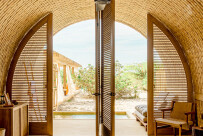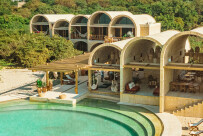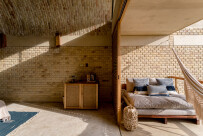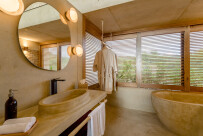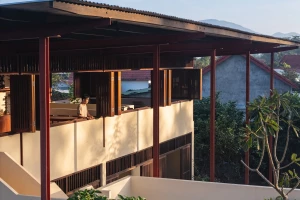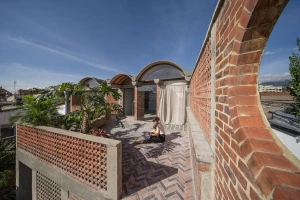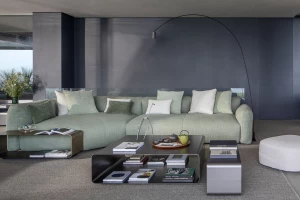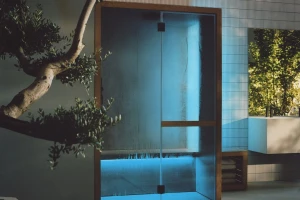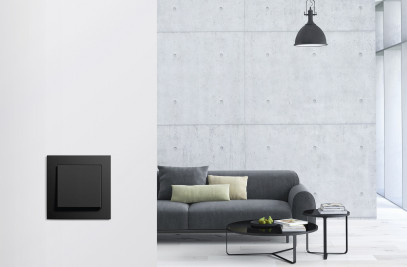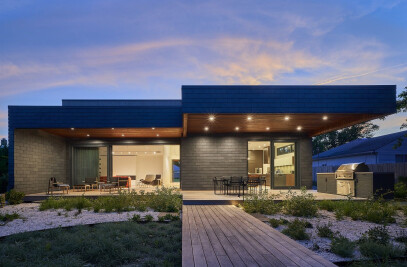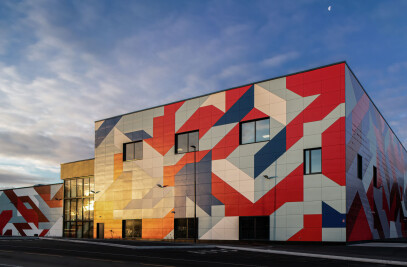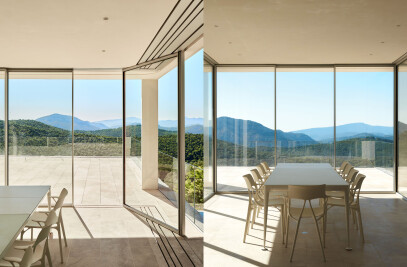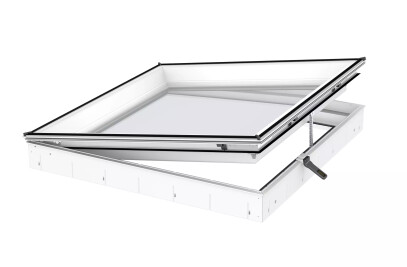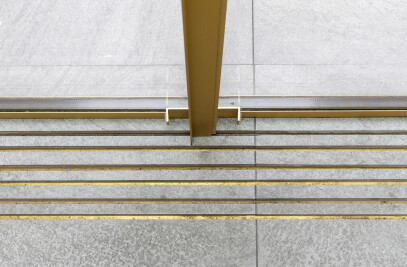On the Pacific Coast of Oaxaca-Mexico, Casona Sforza is a boutique hotel concept by architect Alberto Kalach. Situated on a 4,500 square meter site oriented toward the ocean, it is a site-specific, environmentally sensitive concept that puts forth a contemporary architecture that bridges old with new.
The striking architecture comprises 11 guest suites within a series of arches overlooking a circular swimming pool. Accessed by a linear path that cuts through the site, the pool descends four steps into the landscape and is ideally placed to look out over beautiful sunsets.
Appropriate to the context and region's history, the arched forms draw from the country's ancient brickwork and vault-building techniques. Beyond their compelling forms, the vaults serve as ideal structures for withstanding earthquakes and help keep rooms passively cool, thanks to the voluminous and open interiors and the pale-yellow colour of the brick.
Interior and exterior spaces are bohemian in nature and feature earthy, natural tones, along with textures applied to walls that appear to be made from coastal sand. Concrete and wooden beams intersect the volumes differently and at varying heights.
Each archway has a custom-made wooden gate with small privacy blinds that provide privacy without completely obscuring the view and allowing air circulation. In addition, fixed furniture elements such as sinks and bathtubs give the impression of having been carved on-site, as if the building was a stone found in situ and sculpted to be inhabited.

Much of the furniture and décor was made in Mexico, with rugs woven in the small village of Teotitlán del Valle and palm-leaf lamps from Veracruz's port city. Curtains, chairs, and hammocks were made in the Yucatan Peninsula.
Additional pieces include cushions and glassware by artists who are part of Pueblo del Sol, a community in Oaxaca focused on sustainability and indigenous culture. The social project, as it is described, is financed by Casona Sforza and is about an hour's drive from the hotel. Guests can visit the project to learn about where products consumed in the hotel come from while also experiencing the natural landscape and learning about building a community such as this from the ground up.





